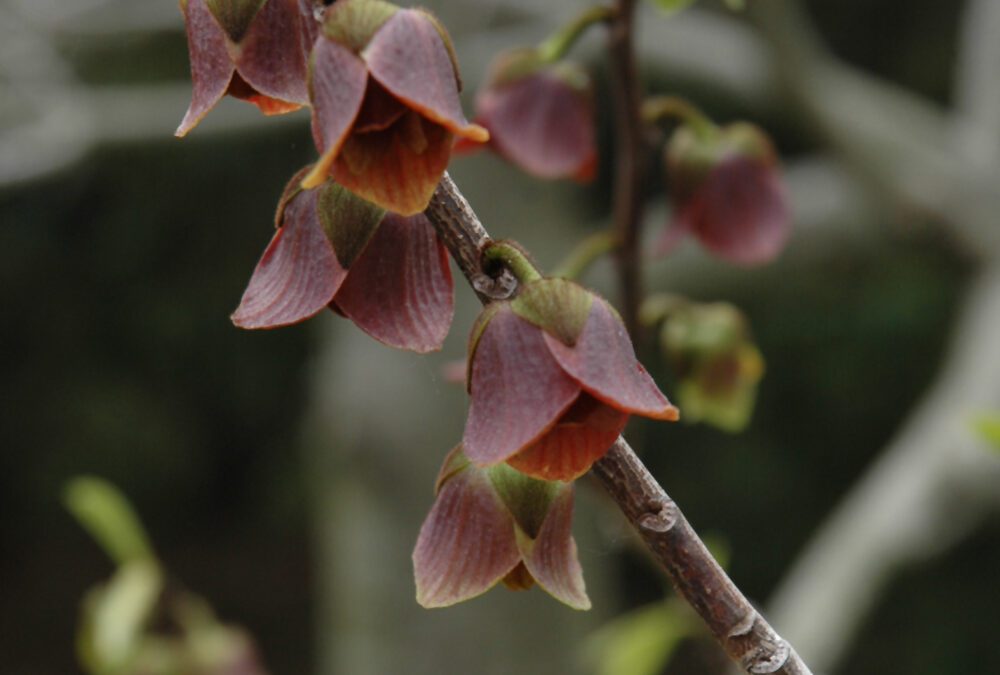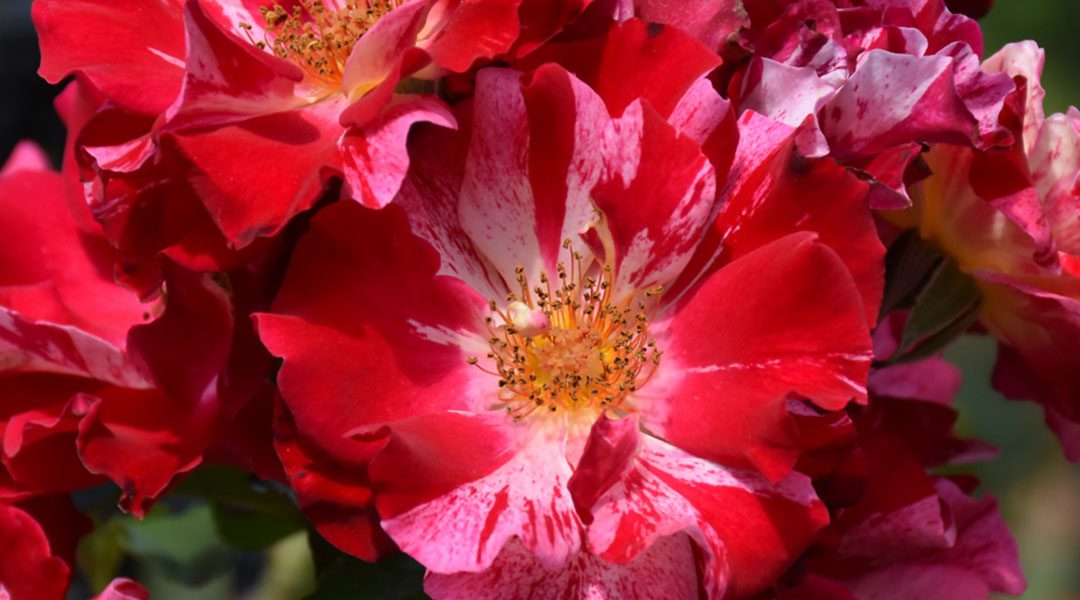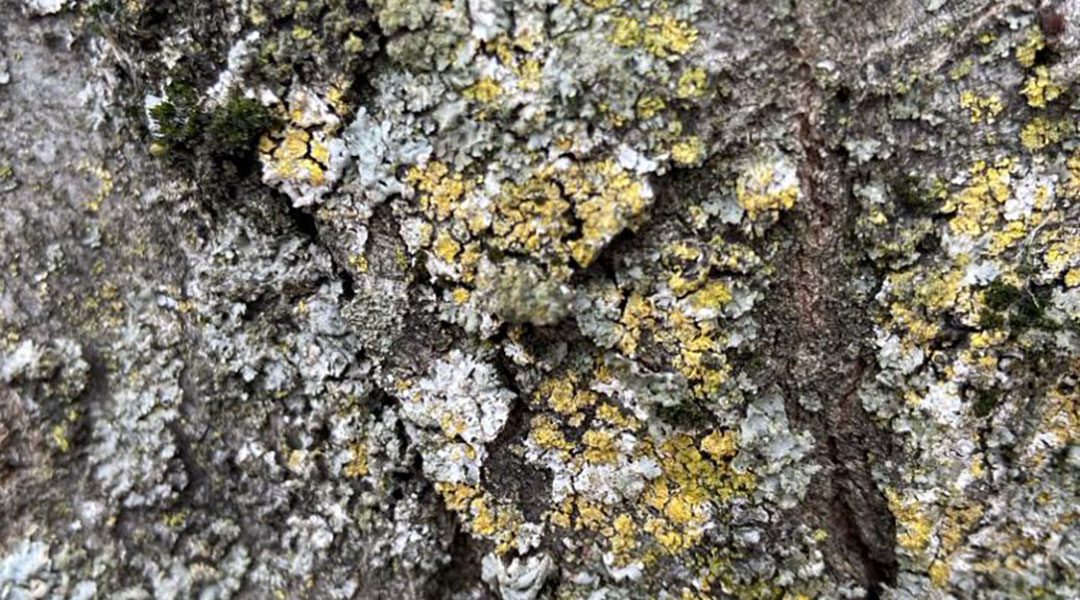What Is a Common Pawpaw Tree? The Common Pawpaw (Asimina triloba) is a native North American fruit tree known for producing custard-like tropical fruit—right in your own backyard. With flavor notes...

$5.99
Dieffenbachia – The Lush, Easy-Care Accent Plant
Dieffenbachia, commonly known as the Dumb Cane, is a versatile and eye-catching houseplant that brings a touch of tropical elegance to any space. Its large, glossy leaves feature vibrant variegation in shades of green, cream, and yellow, making it a striking addition to living rooms, offices, or bedrooms. With its robust growth and low-maintenance nature, Dieffenbachia is perfect for both novice and seasoned plant enthusiasts.
Dieffenbachia is not just a plant; it’s a tropical statement that brings warmth and vibrancy to your home or office. Its lush foliage creates an instant focal point, whether used as a standalone feature or combined with other plants. Plus, its forgiving nature makes it a favorite for anyone looking to add greenery without the stress of high maintenance.
Add Dieffenbachia to your space for a blend of tropical beauty and effortless care. It’s the perfect plant to elevate your decor while providing a soothing, natural ambiance.
Visit our Bloomingdale, IL or Carpentersville, IL stores for local pickup!
52 disponibles
More for You

What Is a Common Pawpaw Tree? The Common Pawpaw (Asimina triloba) is a native North American fruit tree known for producing custard-like tropical fruit—right in your own backyard. With flavor notes...

When it comes to adding romance, drama, and vertical beauty to a garden, climbing roses are a timeless choice. With their arching canes and generous blooms, they bring old-world charm to fences,...

If you've noticed crusty, leafy, or even beard-like growths on your trees and shrubs, you might have wondered if they’re harmful — perhaps a type of fungus or mold. The good news? These curious...